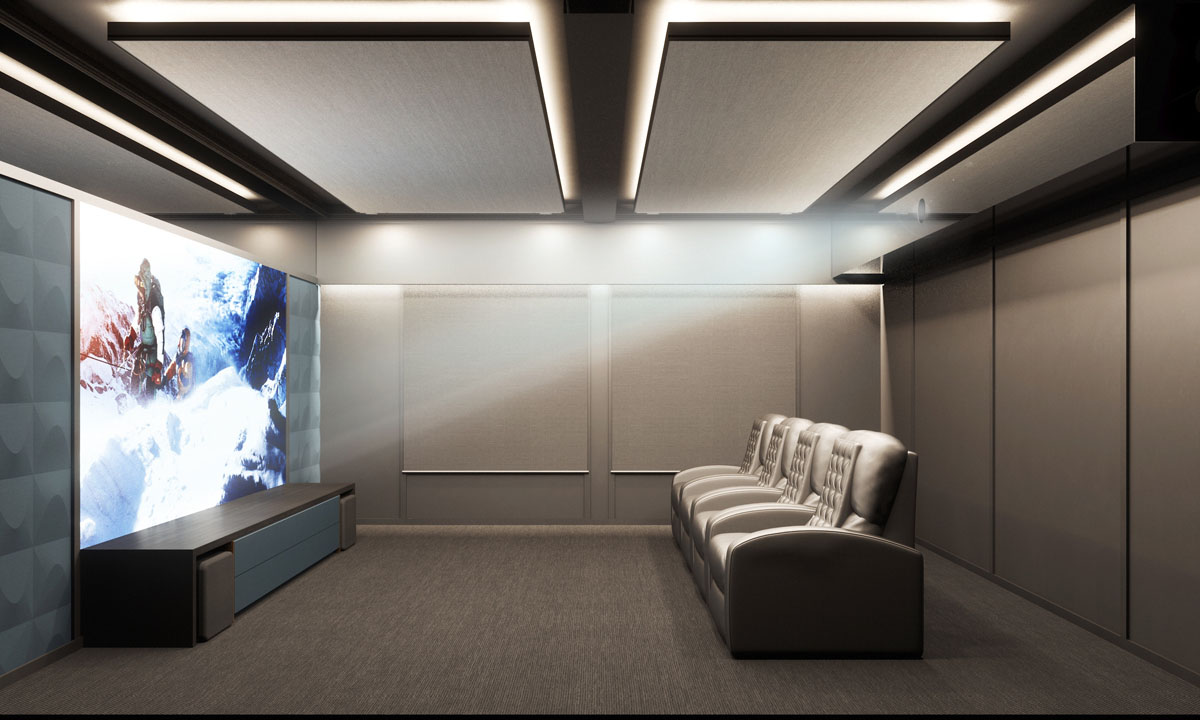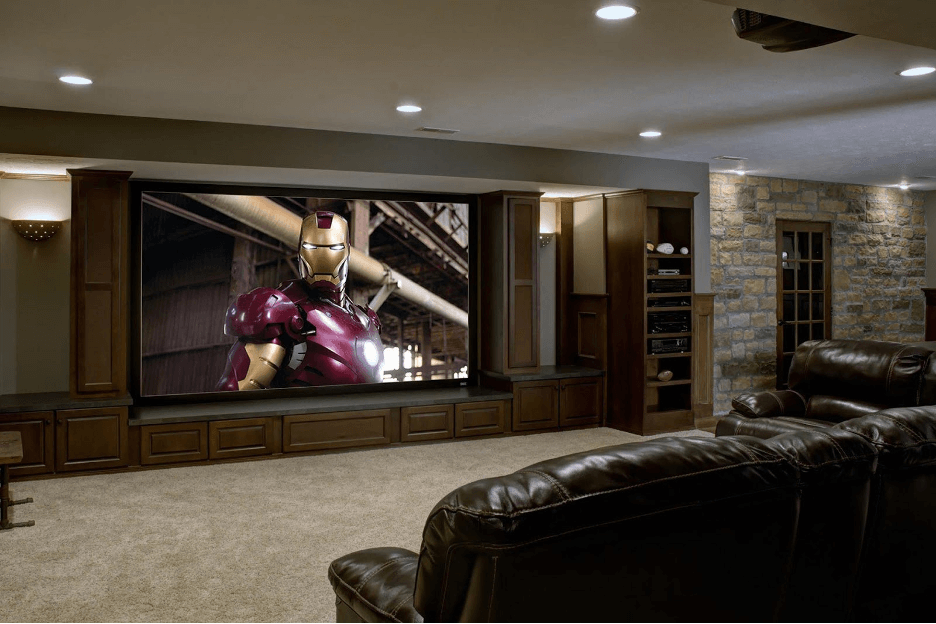Top Home Theater Tampa Installers Offering Personalized Installations
Top Home Theater Tampa Installers Offering Personalized Installations
Blog Article
Home Theater 101: Everything You Required to Know for a Cinematic Experience at Home
Developing a home movie theater that matches the motion picture experience of a commercial theatre entails cautious consideration of numerous parts, consisting of screen selection, sound systems, and area design. Whether you are pondering the ideal screen size or the details of border sound, comprehending these principles is important.
Picking the Right Screen
When establishing up a home theater, choosing the appropriate display can make or break the watching experience - tampa home theater installation. The display offers as the focal point of your arrangement, affecting image quality, seeing angles, and overall aesthetic. Secret elements to consider include display kind, size, and resolution
First, establish the ideal display dimension based on your space dimensions and seating range. Next, choose between different display types, such as fixed-frame, mechanized, or retractable displays, each offering distinct benefits.
Resolution is one more important element. For a truly immersive experience, think about a display developed for 4K or also 8K material, guaranteeing intensity and quality. Additionally, consider the display's gain, which impacts illumination and contrast; a greater gain can enhance brightness in well-lit spaces, while a reduced gain might be preferable for darker settings.
Picking Audio Equipment
Audio tools is an important part of any kind of home movie theater system, considerably enhancing the total viewing experience. The selection of audio gear can determine the deepness, clearness, and immersion of sound, crucial for developing a cinematic atmosphere.
When selecting audio equipment, consider a surround sound system, which usually consists of a receiver, several speakers, and a speaker. A 5.1 or 7.1 network system is advised, where the first number stands for the speakers and the 2nd the subwoofer, supplying an immersive soundscape. The receiver is the heart of the system, handling audio and video signals, and ought to sustain contemporary layouts like Dolby Atmos for an enhanced spatial experience.
Quality speakers are necessary; seek designs that supply a balanced noise account with good bass feedback. Floor-standing audio speakers can create richer noise, while shelf choices conserve space. Additionally, consider cordless choices for simplicity of setup, although wired systems typically supply premium efficiency.

Ideal Seating Plans
Developing an optimal home movie theater experience hinges substantially on optimum seating arrangements. The setup of seats plays a critical role in both convenience and watching top quality, straight impacting the overall motion picture experience.
First, think about the display size and viewing range. A typical standard is to position seats at a range about 1.5 to 2.5 times the diagonal size of the screen. This makes certain an immersive experience without stressing the eyes.
Following, altitude is critical. The back rows must be higher than the front to avoid obstructions if your seats is in a tiered style. For flat seats, ensure that the front row is not too near to the display, and that everyone has a clear line of vision.
In addition, think about the arrangement in terms of social dynamics. Group seats can improve the public experience, while individual seats might be preferred for personal viewing.

Last but not least, prioritize convenience with ergonomic seating that supports extensive watching periods. Integrating reclining chairs or supported seats can considerably boost the experience, making the home cinema a recommended destination for both entertainment and relaxation.
Lighting and Atmosphere
Effective lighting and setting are necessary components of a well-designed home theater, as they substantially influence the seeing experience. The right lighting can enhance the motion picture feeling, while inadequate selections can diminish it. For optimal results, take into consideration a split lighting strategy that includes ambient, task, and accent lighting.
Ambient illumination provides general lighting, making certain that the space is not totally dark, which can stress the eyes. Dimmer buttons are extremely advised, permitting for adjustments based upon the material being seen. Job lighting, such as wall sconces or flooring lights, uses functional illumination for activities like analysis or browsing the area without interrupting the general atmosphere.
Accent lighting can be utilized to highlight architectural attributes or develop focal points, including depth and interest to the area. LED strip lights behind screens or along shelves can provide a subtle glow that boosts the aesthetic experience without overwhelming the audience.

Wiring and Installation Tips
A well-planned wiring arrangement is essential for attaining optimal performance in your house theater system. Proper electrical wiring not just guarantees top quality sound and video clip signals yet also enhances the general aesthetic of your room. Begin by mapping out your format, recognizing where each element will certainly be placed, including your screen, audio speakers, and receiver.
When picking cable televisions, focus on top notch, suitably evaluated electrical wiring to decrease signal loss. HDMI cable televisions must be made use of for video clip links, while audio speaker cable should match the requirements of your audio speakers and amplifier. Choose in-wall rated cables to comply with safety standards and keep a tidy look.

Final Thought
In recap, developing a phenomenal home movie theater experience needs careful factor to consider of different elements, including screen option, audio tools, seating plans, lights, and wiring. By prioritizing these aspects, a motion picture environment can be successfully duplicated, allowing for immersive viewing experiences that rival conventional theater setups.
Producing a home movie theater that matches the motion picture experience of a business theater entails cautious factor to consider of several elements, including screen option, sound systems, and area layout.When establishing up a home movie theater, picking the ideal display can make or break the viewing experience. Next off, choose between different screen kinds, such as fixed-frame, mechanized, or retractable displays, each offering unique advantages. For get more an absolutely immersive experience, take into consideration a display created for 4K or even click here for info 8K web content, making sure sharpness and quality.In recap, producing a remarkable home cinema experience requires careful consideration of numerous components, including screen selection, audio equipment, seating plans, lighting, and electrical wiring.
Report this page